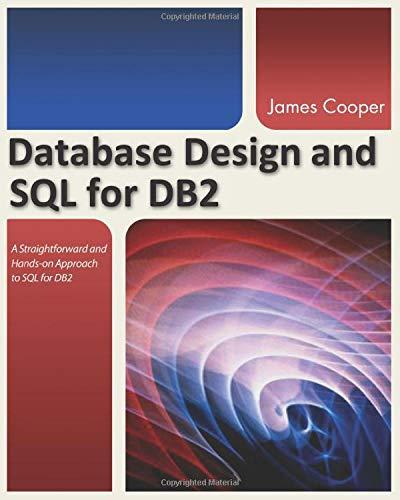Answered step by step
Verified Expert Solution
Question
1 Approved Answer
Problem 2. Data Cube Concepts (26 points) Suppose the base cuboid of this data cube contains two cells: (a1,a2,a3,a4,a5,a6,a7):1,(a1,b2,a3,b4,a5,b6,a7):1 where ai=bi for i=2,4,6. Assume each

Step by Step Solution
There are 3 Steps involved in it
Step: 1

Get Instant Access to Expert-Tailored Solutions
See step-by-step solutions with expert insights and AI powered tools for academic success
Step: 2

Step: 3

Ace Your Homework with AI
Get the answers you need in no time with our AI-driven, step-by-step assistance
Get Started


